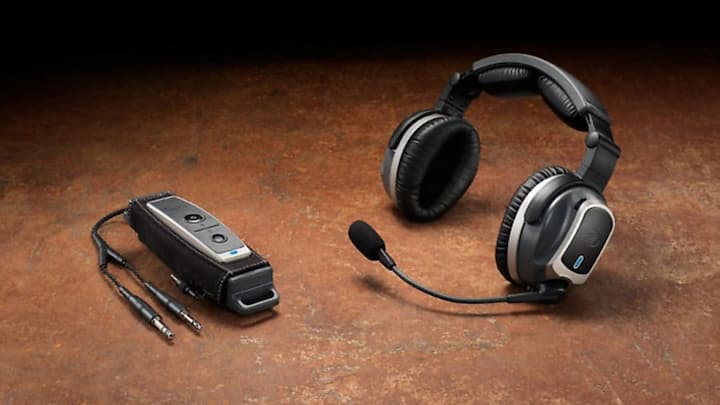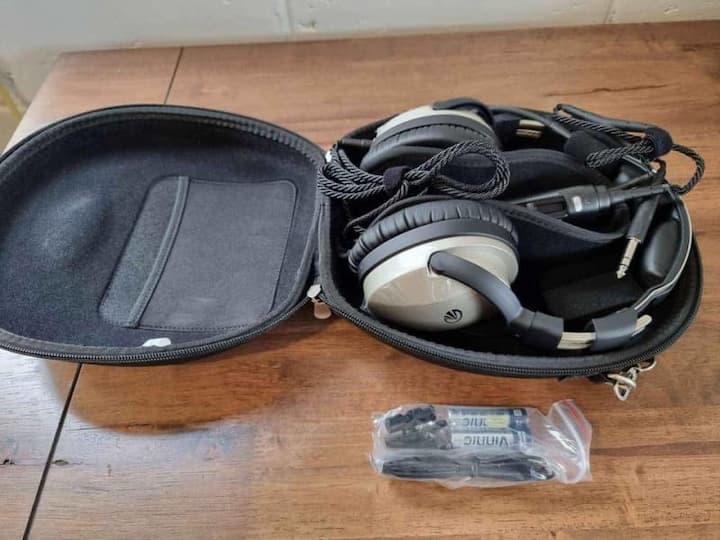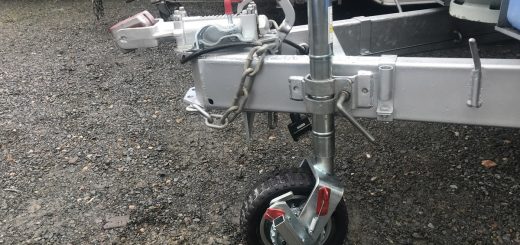A Guide to Airplane Headsets: What to Look for When Buying Your First Headset?
Even though pilots are accustomed to cockpit noise, the sound levels in a small single-engine cockpit can go up to 90 dB. Sustained exposure to noises over 90 dB can cause hearing damage and even permanent hearing loss. For this reason, pilots wear headsets. But headsets do much more than provide hearing protection – they allow for hands-free communications with ATC. If you’re still in flight school, you’re probably still renting one, or borrowing one from a classmate or friend.
For most pilots, though, no matter the skill level, it makes sense to own their own headsets. After all, the headsets in the school are probably not top-of-the-line, and they may have gone through a fair amount of wear and tear. Additionally, used entry-level headsets can be uncomfortable and might not fit you properly. It’s the same as wearing someone else’s earbuds or snorkel mask…it’s just not the most hygienic thing, is it? For that reason, it only makes sense to get your own headset.

What to Look for in an Airline Headset?
Type of Noise Reduction
Headsets can feature different types of noise reduction measures, including active and passive reduction. Some high-end headsets also feature dynamic noise reduction.
Passive Noise Reduction Headsets
Passive noise reduction is the most basic type, and it physically stops the sounds from getting to your ears. This is achieved with the help of a barrier around your ears in the form of seals and cups. Headsets using this type of reduction are known as PNR headsets. That being said, all headsets that feature this type of noise reduction are over-ear rather than in- or on-ear. These headsets are more affordable than active and dynamic noise reduction headsets.
Active Noise Reduction Headsets
These headsets are also known as electronic noise-cancelling headsets. They require a power source, such as batteries located in the earpiece or the wires, and they electronically monitor incoming sounds with the help of a small microphone that’s placed inside or outside the ear cup. Some models have a microphone both inside and out. They’re designed to reduce the lower frequency noises generated by turbulence and engines, which are typically on the 20Hz to 300Hz spectrum. The higher frequency sounds aren’t reduced, meaning your radio transmissions and in-cabin conversations can still be heard.
Dynamic Noise Reduction Headsets
These headsets take it a step further and digitally remove unwanted noise from headphone signals. They can scan for repetitive identical noises on the transmission and suppress them. You can find this functionality on the most advanced ANR headsets.

Airline Headphone Adapter
This is determined by the type of aircraft you fly. If you fly multiple types, you may be able to use your headset across all of them by buying a plug airline headphone adapter. Most planes use dual male, also known as PJ adapters. Newer Beechcraft and Cirrus planes use a 6-pin LEMO plug that is also called a Bose-style connector. Those flying Boeing and Airbus need headsets with single 5-pin XLR connectors.
Comfort
A very important factor when considering headsets. You should be able to wear the headset for the whole duration of your flight without getting uncomfortable. The comfort of the headset will depend on the materials the headset is made of. Heavier headsets are less comfortable than lighter ones, but they’re adjustable. Gel ear seals are heavier than foam seals, but they also come with more cushioning. Cotton or knit seal covers are less likely to make you sweat, but vinyl provides better sealing.
Frequency Response Range
The frequency of aircraft noise will vary depending on where it comes from. Engine noises are lower frequency, generally below 300Hz. The air moving along the fuselage, on the other hand, is a high-frequency noise that can go as high as 3000Hz. The frequency bands that the headset is capable of reducing are known as the frequency response range. For the best results, get a headset that comes with great noise attenuation across a wide range of frequencies.
Signal Type
Most plane radios are designed to work with mono headsets, i.e. headsets that send the same auditory signal to both ears. Mono headsets are great for radio comms, but if you intend on listening to music, stereo headsets will provide a richer sound profile. Stereo headsets generally have a switch function to switch between stereo and mono modes.
Budget
If money isn’t a concern, just go for a Bose A20 and be done with it. If it’s a concern, though, you’ll have to take the aforementioned factors into consideration. The least expensive headsets are PNR models that can range from less than $100 to over $400. Entry-level ANR sets, on the other hand, start from just below $300 and go over $1000. However, you’ll find quality ANR headsets for around $500. Generally, I recommend getting an ANR headset that’s in the medium-price range, as it’s something you only buy once in several years






